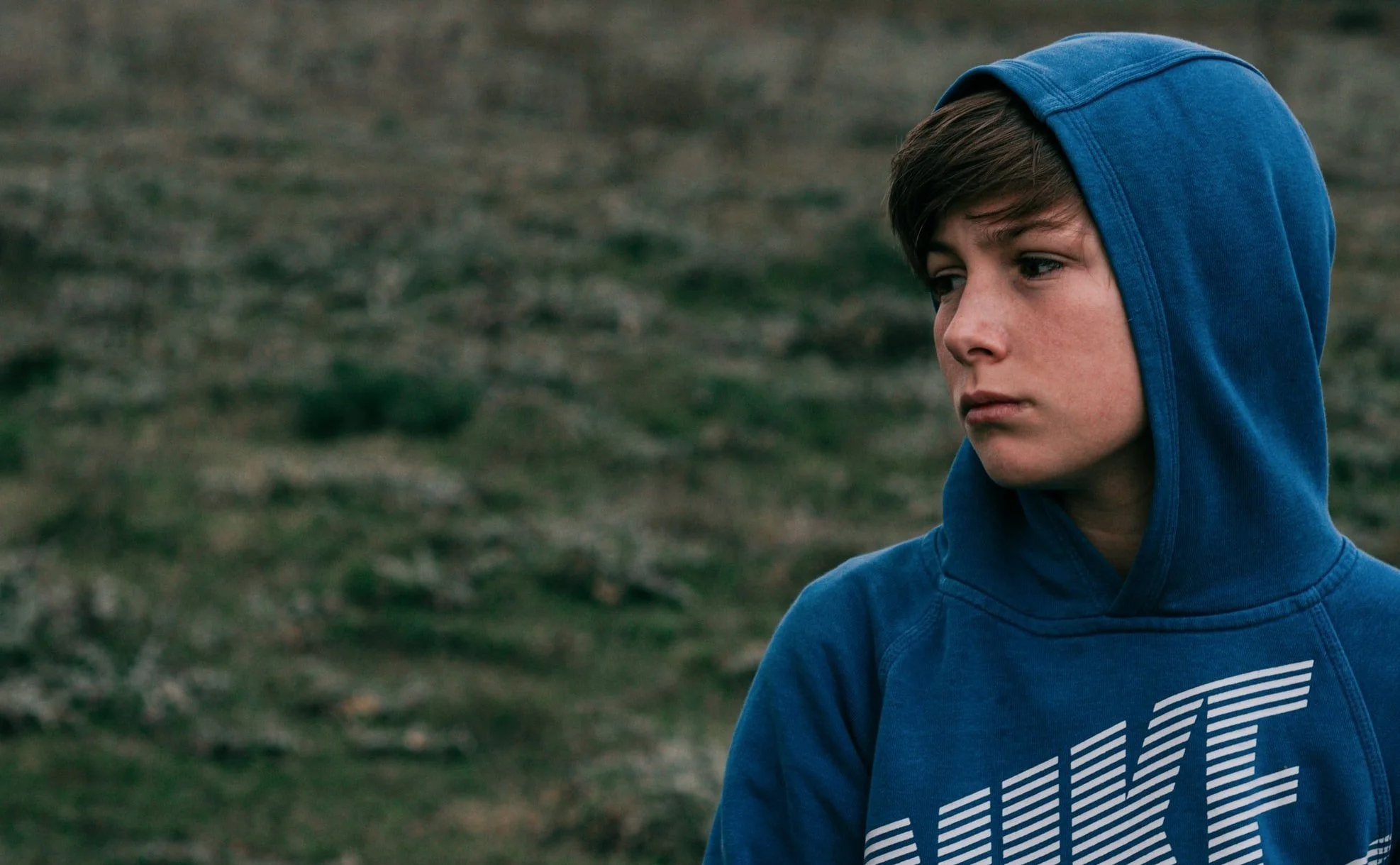Adolescent Anxiety
Anxiety in Kids and Teens
What is anxiety?
Picture this, you’re driving, a car cuts you off, and you slam on your breaks. Your heart races, your stomach drops, and you may have some choice words for that car in front of you. But that awful feeling when something potentially dangerous happens, that’s your body’s way of letting you know that you may be in danger. A potentially harmful event activates our sympathetic nervous system and puts our body in fight or flight mode. When your body is in fight or flight mode, your heart rate increases, your body becomes tense, you’re breathing faster and shallower, and your body stops doing other things (such as digestion) to respond to the threat at hand. Typically after the danger is gone, it can take around 20-60 minutes for your body to return to its normal state. But what happens if you’re in this mode constantly or if you have these symptoms with no perceived threat? That’s a sign of an anxiety disorder.
Anxiety is a feeling of worry or unease when experiencing something with an uncertain outcome. Anxiety exists to help us and can be helpful in that it helps us identify and respond to danger. The correct amount of anxiety can also help us with motivation, attention, creativity, and preparation. Like most things, anxiety is fine and helpful in moderation. However, when anxiety is excessive, it could cause concern.
Anxiety in young people.
Anxiety disorders are under-recognized for children and teens because we all experience anxiety, and it’s hard to recognize how much is too much. Anxiety also manifests in bodily symptoms like stomach aches, making it hard to pinpoint the root issue. Anxiety disorders are one of the most common mental health challenges. It is estimated that 31.9% of adolescents (ages 10-19) have had an anxiety disorder.
What causes anxiety?
Several factors determine if and how we experience anxiety: genetics, overall mental health, environment, and coping skills are just a few of the many contributing factors of anxiety.
Does my child have anxiety?
To determine whether your child has an anxiety disorder, you want to look at two things, the symptoms and the severity of the symptoms. Some levels of anxiety are typical and to be expected. For example, irritability is a symptom of an anxiety disorder; all kids and teens are a little irritable sometimes, but if that irritability is constant and interferes with their day-to-day life, it could cause concern.
Anxiety Disorders Symptoms
Different anxiety disorders have different symptoms. However, all anxiety disorders include persistent, excessive fear or worry in situations that are not threatening. Kids and teens typically experience one or more of the following symptoms:
Irritability
Trouble concentrating
Extreme self-consciousness or sensitivity to criticism
Recurring fears and worries about routine parts of everyday life
Avoidance of complicated or new situations
Decreased academic performance
Refusing to go to school or participate in school activities
Repeated reassurance-seeking
Sleep problems
Substance use
Ongoing physical complaints that may include headaches, upset stomach, muscle aches, or fatigue
Odd rituals, such as excessive hand washing, counting, or arranging objects
Extreme shyness or nervousness that is out of proportion with actual situations
Difficulty, fear, or avoidance of interacting with peers
Fear of being away from home, parents, or other family members
How much is too much?
You can look at three factors when determining whether anxiety symptoms are typical or whether it may be a more serious cause to seek treatment.
Intensity- the anxiety causes significant discomfort or intolerable symptoms, severe stomach pain
Duration- symptoms linger beyond the experience causing anxiety or are constant, such as being anxious constantly about attending school
Interference- symptoms interfere with the ability to function; for kids and teens, this could be difficulty with participating in school or social activities
Treatment
Every person is unique, which means treatments must be tailored specifically to their individual needs. Anxiety disorders can make it challenging to do day-to-day routine tasks for some people. Fortunately, there are several effective treatments for anxiety disorders. Therapy, medication, or a combination of the two are common treatments for anxiety. Medication can provide significant relief of anxiety symptoms.
A common therapy used to treat anxiety is CBT or cognitive behavioral therapy. CBT focuses on how thoughts and emotions affect behavior and help you take small steps to facilitate a behavior change. CBT helps kids or teens gain control of their thoughts and emotions, helping encourage more positive self-talk and help find successful coping strategies.
Why choose Family Psychiatry for treatment?
Untreated anxiety can have adverse effects on your overall health. Poor sleep, issues with concentration and memory, depression, substance abuse, muscle pain, and increased risk for illness are all problems that can occur if anxiety is left untreated. Anxiety disorders are common, debilitating, and can start early in life. Intervening early can have a lifelong impact on kids with anxiety, giving them coping skills and tools to manage their anxiety in healthy and productive ways. Here at Family Psychiatry, we practice using the whole-person approach incorporating mind and body to best treat anxiety disorders tailored to each individual. If you or your child is struggling with anxiety, reach out to our specialist team for help.
Author: Dr. Ravinder Marok, MD - Child & Adolescent Psychiatrist
